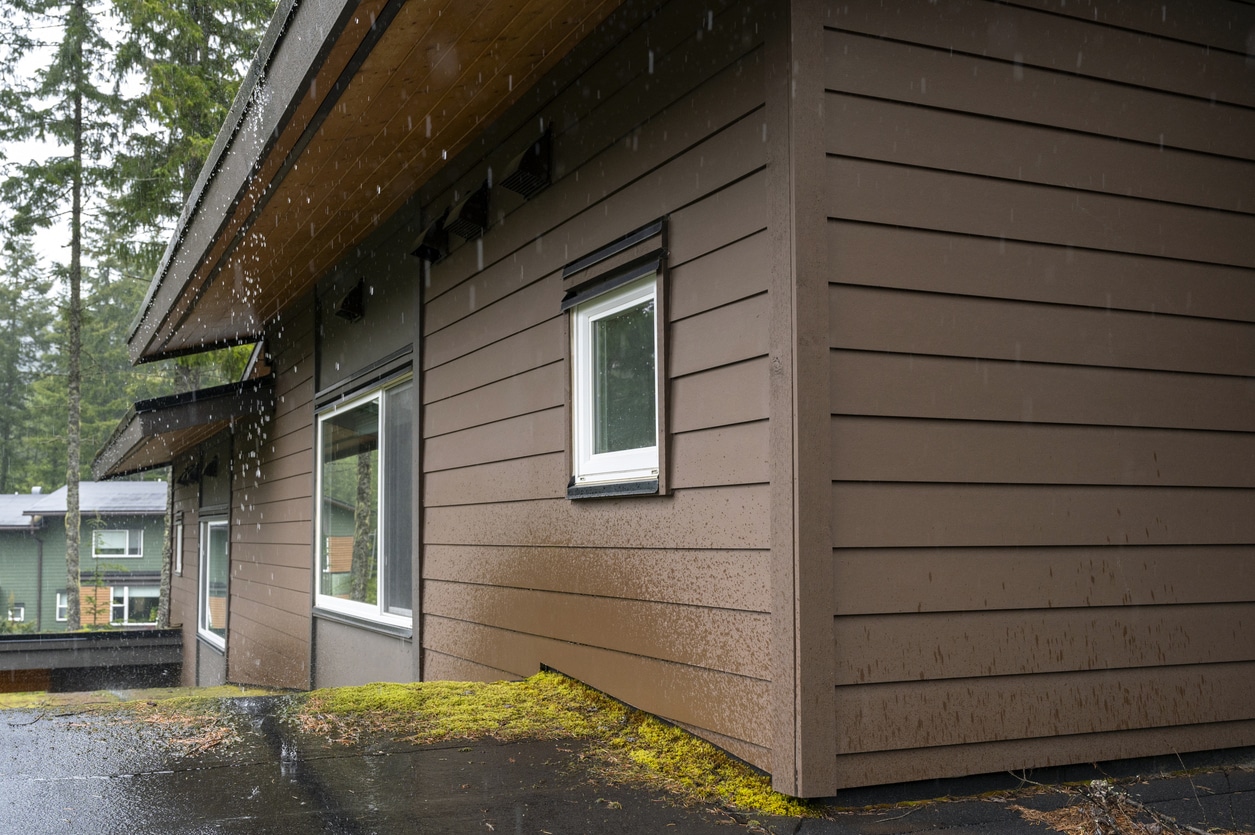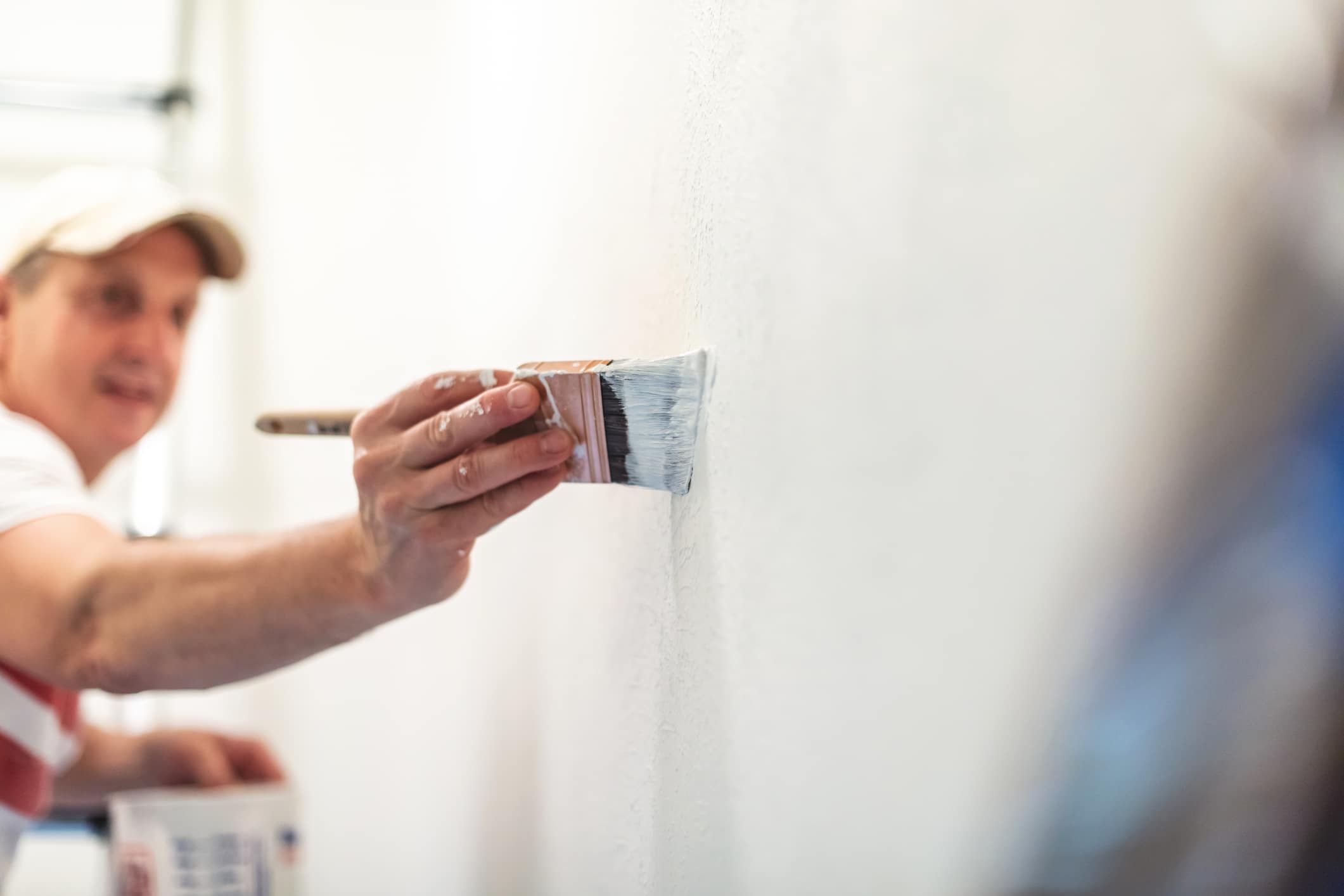You’ve finally decided—it’s time to give your home’s exterior a fresh coat of paint. You’re excited to pick colors, envision curb appeal, and maybe even do some of the work yourself. But then your contractor stops you with one simple question:
“Do you know if your home has lead-based paint?”
If your house was built before 1978, there’s a high chance it might. And that means your exterior painting project is subject to federal safety rules issued by the Environmental Protection Agency (EPA). Suddenly, a routine project feels a lot more complicated.
This blog will walk you through everything you need to know about the EPA exterior painting rules, why they exist, and how to stay compliant without derailing your plans—or endangering your family. The truth is, these rules aren’t here to scare you. They’re here to protect your health, your home, and your peace of mind. And with the right professional support, navigating them can be seamless.
What Are the EPA’s Exterior Painting Rules?

In 2008, the EPA enacted the Renovation, Repair and Painting (RRP) Rule to address the serious health risks posed by lead-based paint. While lead paint was banned in residential use in 1978, millions of homes across the U.S. still contain it.
The RRP Rule applies to:
-
Homes, child-care facilities, and schools built before 1978
-
Renovation work that disturbs more than 20 square feet of painted exterior surface
Why it matters:
Lead is highly toxic, especially to children and pregnant women. When old paint is disturbed—by scraping, sanding, or even pressure washing—it can release fine lead dust that settles into soil, air, and indoor surfaces.
Key requirements under the RRP Rule:
| Requirement | Description |
|---|---|
| Certified Contractors | Must be trained and certified in EPA-approved lead-safe work practices |
| Lead-Safe Work Zones | Use of containment to prevent dust and debris from spreading |
| Proper Cleanup | Thorough cleanup using HEPA vacuums and post-job verification |
| Documentation | Must maintain detailed records of testing, containment, and cleanup |
You might ask, “But I’m just repainting. Do these rules still apply?”
Yes—if your home is older and you’re disturbing enough paint, the rules absolutely apply. Even small jobs can release harmful dust when not handled safely.
Does Your Home Fall Under EPA Regulations?
The year your home was built is the biggest clue. If it’s pre-1978, the risk of lead-based paint is real.
How to Know If You’re Affected
-
Year Built: Check your property records or contact your local assessor’s office.
-
Surface Area: If your project disturbs more than 20 sq. ft. of painted exterior (about the size of a small shed wall), the rule kicks in.
-
Lead Testing: Not legally required before every project, but strongly encouraged—and often performed by certified contractors.
Are There Any Exceptions?
Yes. Not every painting job falls under the RRP Rule. Here’s a breakdown:
| Scenario | Covered by RRP? |
|---|---|
| Home built in 1990 | ❌ No |
| Repainting a 10 sq. ft. exterior section | ❌ No |
| Home built in 1965, disturbing 30 sq. ft. | ✅ Yes |
| Pre-1978 home with certified documentation as lead-free | ❌ No |
If you’re unsure, it’s better to assume you are covered until proven otherwise. A certified lead inspector or painter can quickly test your exterior using EPA-recognized kits or lab methods.
Dangers of Ignoring EPA Rules
Skipping EPA compliance might save a few dollars today—but it can lead to serious long-term consequences, both for your family’s health and your wallet.
Health Hazards of Lead Exposure
Lead exposure can cause:
-
Neurological damage, especially in children under 6
-
Developmental delays and learning difficulties
-
Behavioral problems
-
Pregnancy complications and birth defects
The danger comes from lead dust, which is invisible and settles everywhere—on soil, furniture, and even HVAC systems. If a painter scrapes or power washes without containment, your entire yard or interior could be contaminated.
Legal and Financial Consequences
Ignoring EPA exterior painting rules isn’t just risky—it’s expensive.
-
Fines can reach $42,000 per day per violation
-
Homeowners may be held liable if they knowingly hire an unlicensed contractor
-
Contractors risk lawsuits, job bans, and criminal charges
-
Home sales can be delayed or canceled due to missing lead disclosures
Real-World Example
In 2019, a contractor in Massachusetts was fined $50,000 for failing to use lead-safe practices on a 1920s home. Multiple children in the neighborhood tested positive for elevated blood lead levels.
Still thinking about scraping that window trim yourself? It’s not worth the risk.
What EPA-Certified Contractors Do Differently

Choosing a certified contractor is the single best way to stay safe and compliant. Here’s what they bring to your project that a non-certified painter doesn’t.
1. Lead Testing and Legal Documentation
EPA-certified painters will:
-
Test suspect surfaces using approved methods
-
Record results in accordance with federal guidelines
-
Provide documentation to homeowners for future reference
2. Lead-Safe Work Practices
Proper containment and dust control is mandatory. You’ll typically see:
-
Plastic sheeting taped to the ground and walls
-
Warning signs around the site
-
HEPA-filter vacuums and sanding tools
Dry sanding and open-flame burning are strictly prohibited.
3. Clean-Up and Post-Verification
Certified painters go beyond sweeping up chips:
-
They vacuum the entire area using HEPA-rated systems
-
They wipe all surfaces with wet cloths
-
They perform a verification process to ensure no lead dust remains
4. Worker and Family Protection
Expect to see:
-
Painters wearing respirators, gloves, and disposable coveralls
-
Clean zones established for safe movement in/out of work areas
-
Communication about when it’s safe for occupants to return
Surface Preparation Under EPA Rules
You can’t paint over lead-based paint unless it’s properly stabilized. Certified painters know how to do that safely.
Step-by-Step Prep Process
-
Set up containment: Plastic sheeting, taped perimeters
-
Wet methods only: No dry scraping or sanding
-
HEPA sanding tools: Minimize airborne particles
-
Safe waste disposal: All paint chips are collected, bagged, and labeled
Pressure Washing Warning
Lead paint + water pressure = disaster. Unless the painter uses full containment or skips pressure washing, lead paint chips can scatter into soil and nearby yards.
Homeowner worry: “I pressure washed my siding last year—was that dangerous?”
If your home has lead paint and you didn’t contain the runoff, you may have unintentionally spread hazardous material. Going forward, have a pro handle it.
Paint Selection and Application for Lead-Affected Homes

Painting a lead-suspect home isn’t just about safety—it’s also about choosing products and methods that will last.
Best Paints for the Job
-
100% Acrylic Latex: Ideal for exterior durability, flexibility, and water resistance
-
Bonding Primers: Help seal in lead residue and create a stable surface
-
Stain-Blocking Sealers: Used where lead dust or tannins may bleed through
While the EPA doesn’t endorse brands, certified painters often use top-tier options from Benjamin Moore or Sherwin-Williams.
Best Practices for Application
-
Brush and roller techniques reduce the risk of dust
-
Airless sprayers may be used inside sealed containment zones
-
Application follows weather guidelines to prevent premature failure
Pro tip: Professionals customize products based on your siding material—wood, stucco, or brick all require different primers and topcoats.
Documentation and Compliance
Certified painters must provide clear paperwork before, during, and after the job. This protects both the homeowner and the contractor during future audits or home sales.
What Contractors Must Document:
-
Date and results of any lead testing
-
Containment setup: photos, site maps, written plans
-
Daily cleanup routines
-
Final cleaning verification (wipes or test results)
Why It Matters
Federal law requires that these records be kept for three years. But as a homeowner, you’ll want your own copy—especially if you plan to sell the home.
Missing paperwork can become a red flag during real estate inspections.
How to Verify a Contractor
Use this checklist before hiring:
-
EPA Lead-Safe Certification Number
-
References for past pre-1978 projects
-
Willingness to show and explain testing process
-
Proper PPE and HEPA equipment on-site
You can also verify certifications at the EPA’s official directory.
Questions to Ask Before Hiring a Painter

Not every painter is qualified to work on homes with potential lead risks. Asking the right questions upfront can prevent future headaches.
Ask These Before Signing:
-
Are you EPA Lead-Safe Certified?
-
How do you contain dust and debris?
-
What safety steps do you take for kids and pets?
-
Will I receive written documentation after the job?
-
Do you offer references for similar homes?
Look for These Red Flags:
-
No proof of certification
-
Doesn’t mention containment or lead testing
-
Downplays lead risk or promises to “paint over it quickly”
-
Offers “too-good-to-be-true” pricing without explaining process
Conclusion
Exterior painting might seem simple—but if your home was built before 1978, it’s more than just a facelift. It’s a serious project that’s governed by EPA regulations designed to protect your health, your family, and your neighbors.
By following the rules—and hiring EPA-certified professionals—you avoid fines, protect your home’s value, and ensure your project is completed safely and beautifully.
Thinking about repainting your home’s exterior?
If it was built before 1978, don’t take chances. Contact us today for a free estimate with our EPA-certified painting team. We’ll handle the testing, the safety, and the painting—so you can enjoy a fresh new look with total peace of mind.

